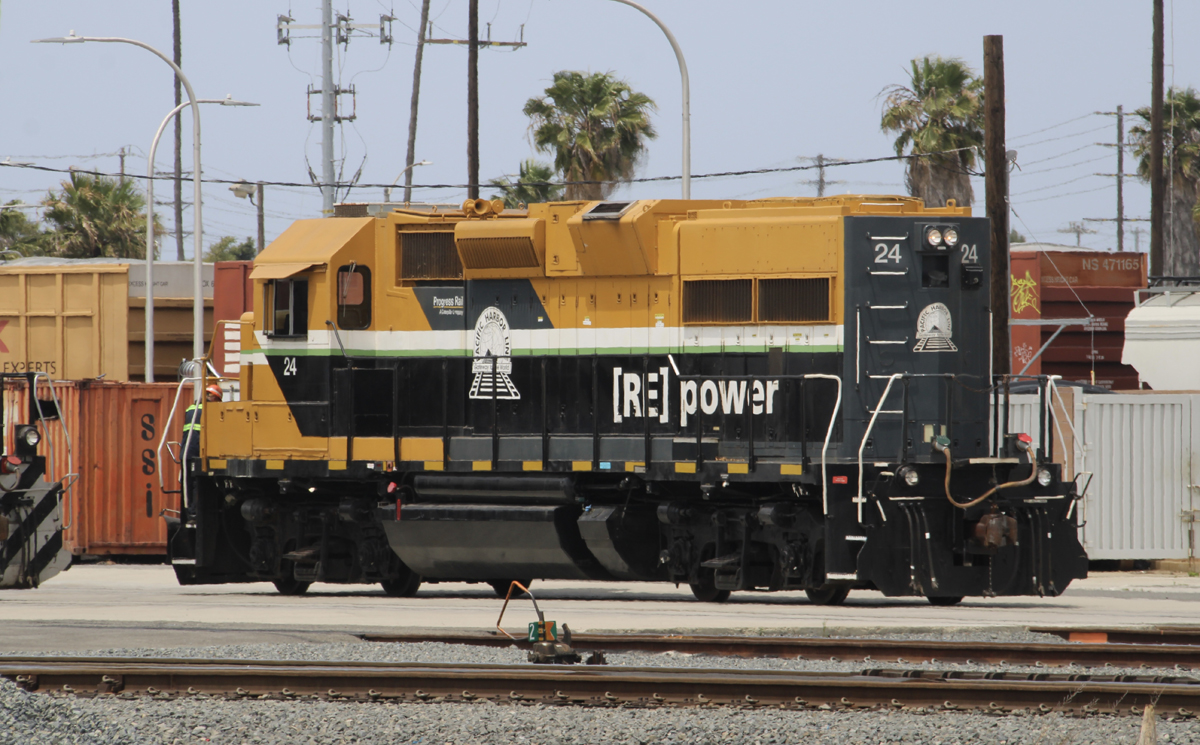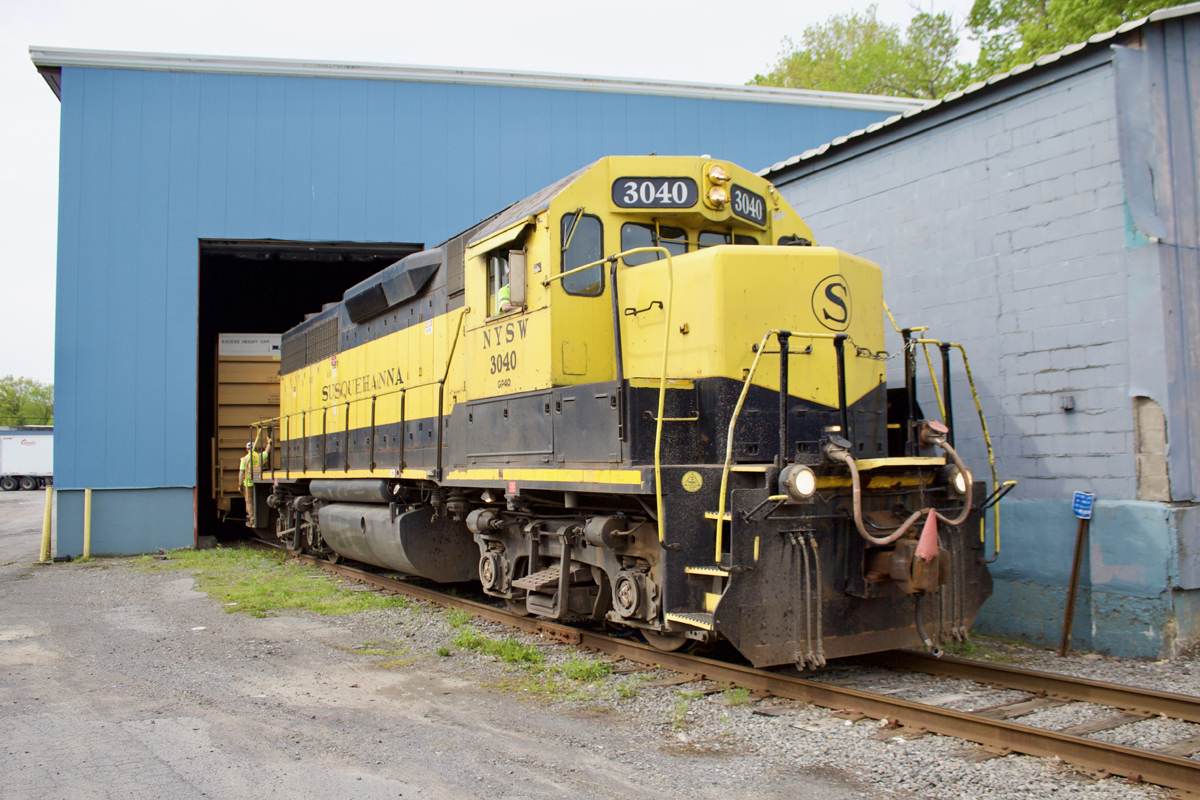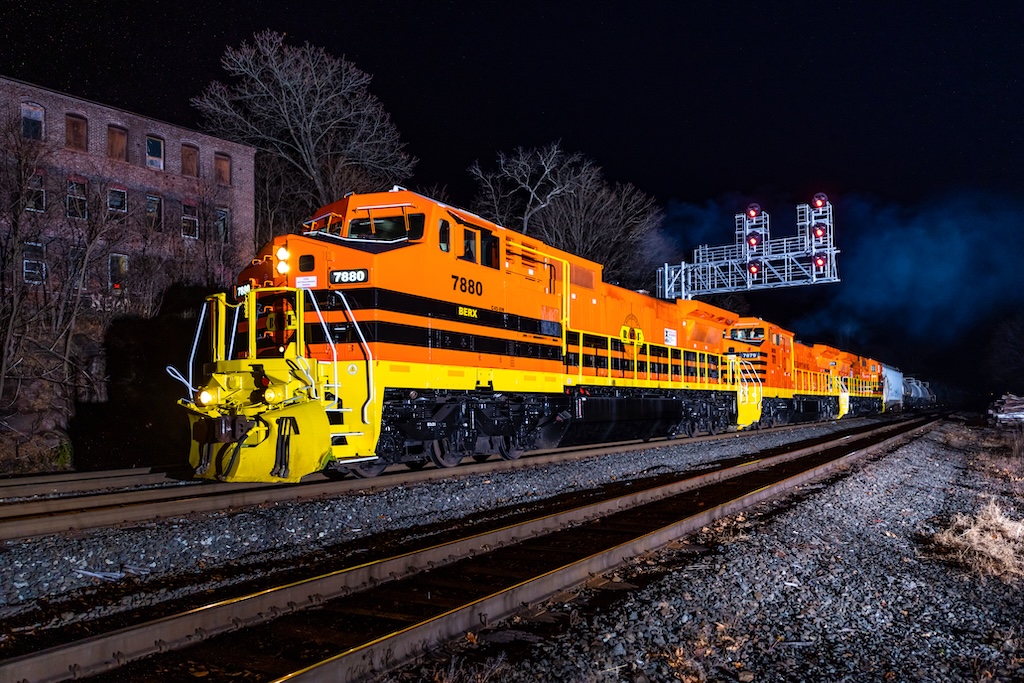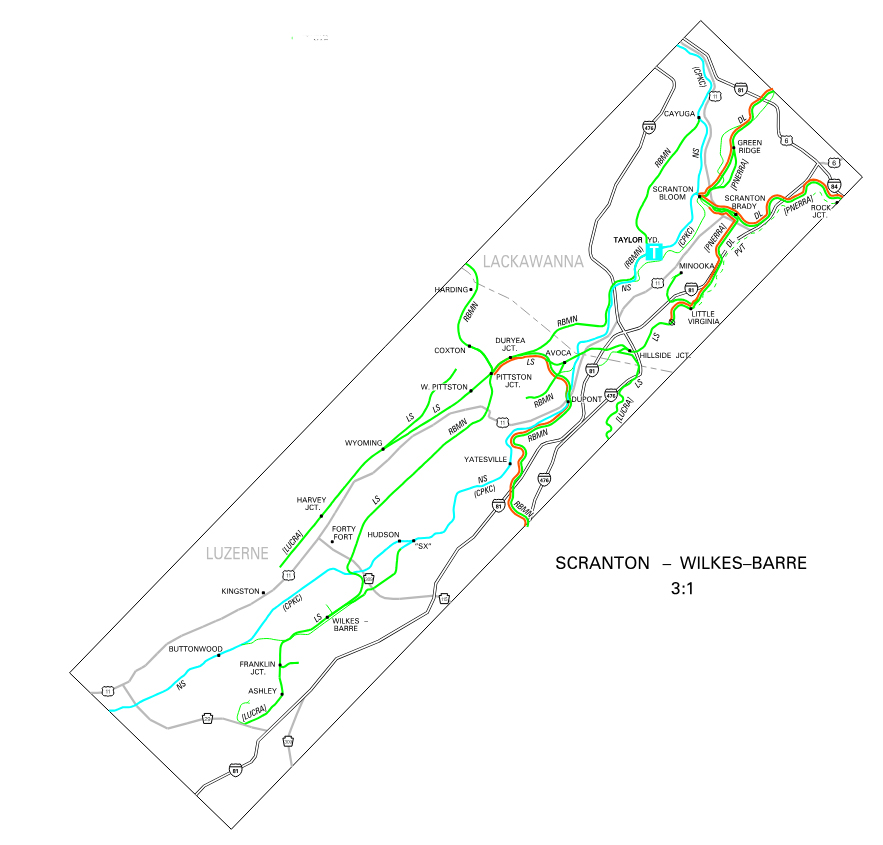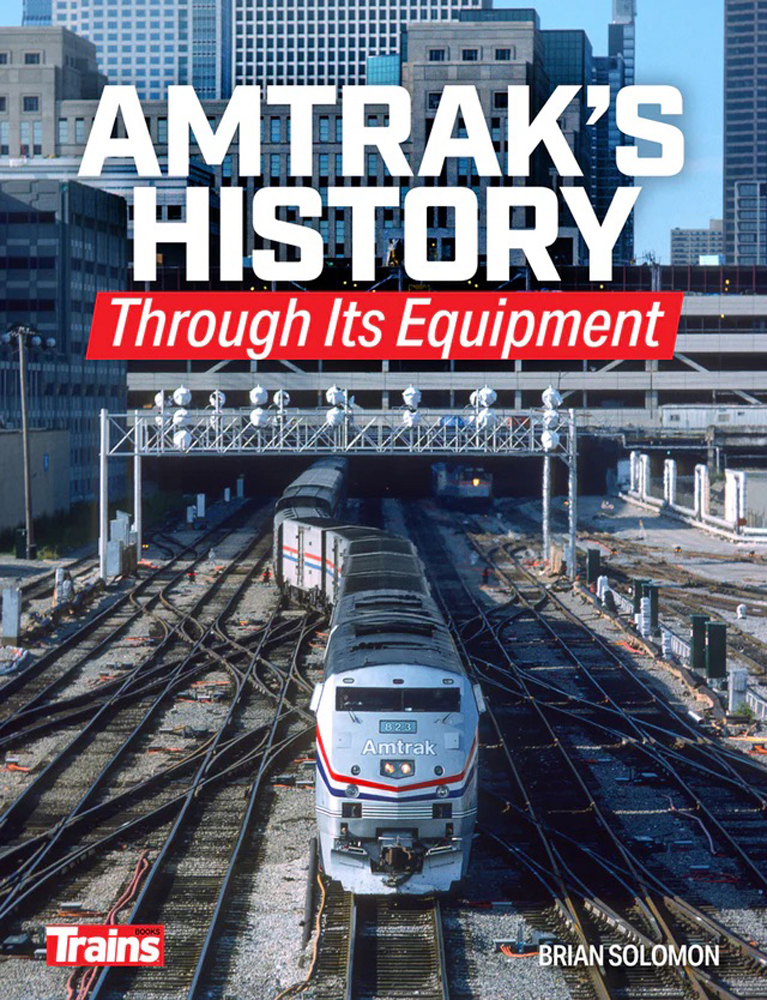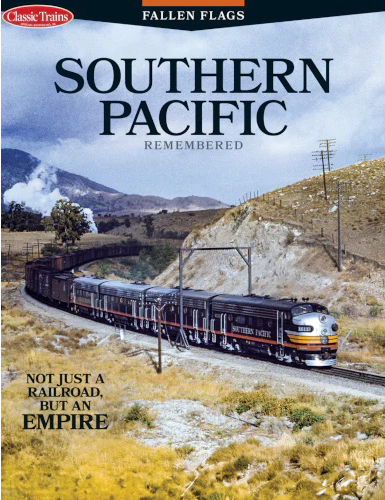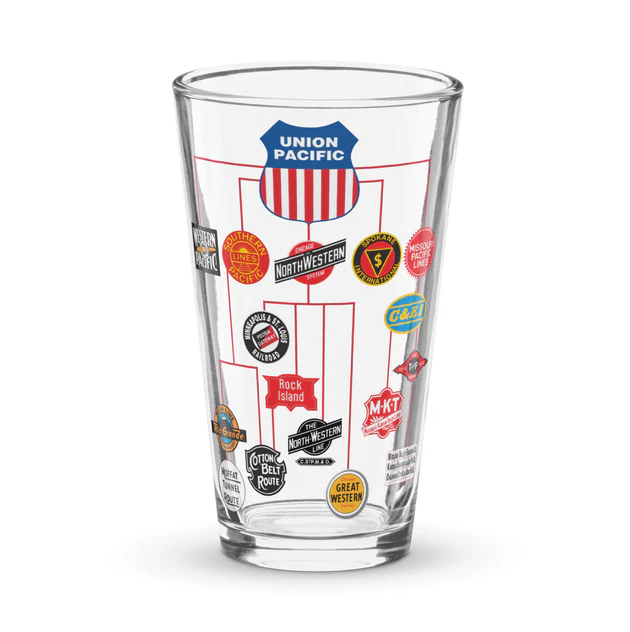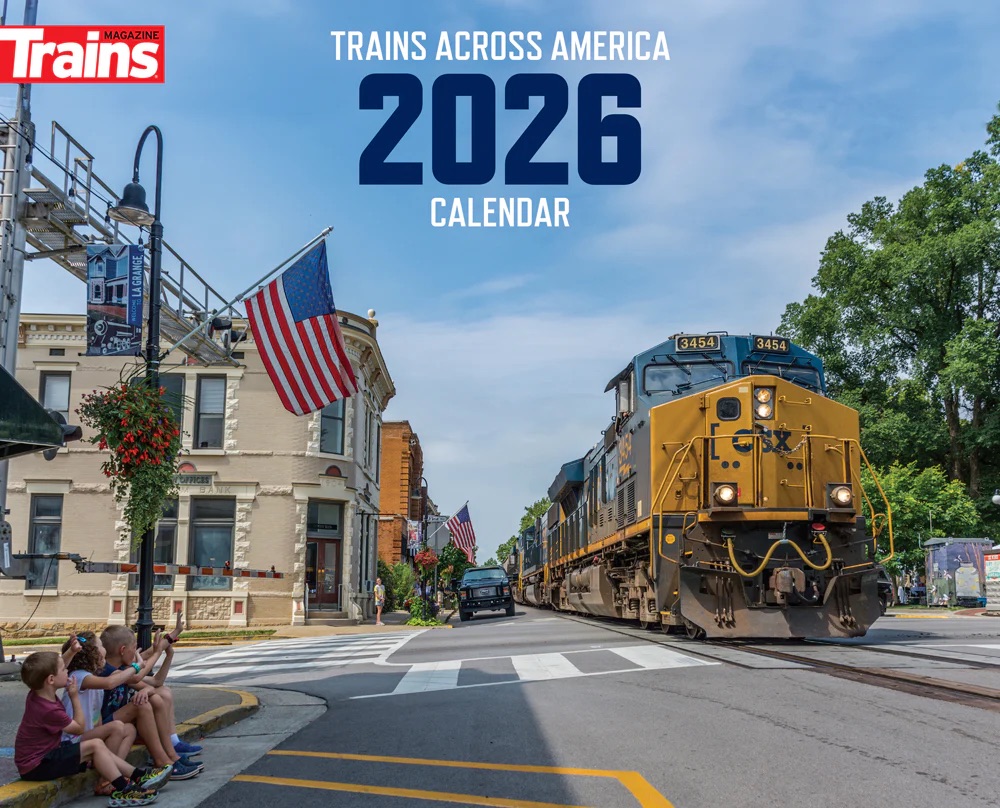
WILMINGTON, Calif. — Pacific Harbor Line has entered into an agreement with Michigan-based startup Remora, which is developing carbon capture technology for freight rail and trucking.
The railroad, which serves the ports of Los Angeles and Long Beach, is also an investor in Remora, and Peter Gilbertson, CEO of PHL’s parent company, Anacostia Rail Holdings, is an advisor to the startup.
“For PHL and Anacostia, carbon capture adds yet another option in our efforts to slash emissions,” Gilbertson said in a press release. “In addition to reducing CO₂ emissions, Remora’s technology elevates connected locomotives to EPA Tier 4 standards and also enables the reuse of carbon in other commercial applications.”
Remora is developing a tender-based system that would scrub diesel exhaust of carbon dioxide, capturing it for use by industries that use the gas [see “Startup aims to capture …,” Trains.com, April 30, 2025]. The five-year-old company has raised $117 million in venture capital from investors. The U.S. faces a shortage of the gas, which has uses in farming, food production, and manufacturing, even as trains and trucks emit roughly 375 million tons a year.
“This partnership with Remora gives PHL an opportunity to help shape a technology that could significantly reduce freight rail emissions while creating new economic value for operators,” said PHL President Otis Cliatt II. “We’re proud to support innovations that have the potential to benefit the entire rail industry.”
Said Remora co-founder and CEO Paul Gross, “We’re building this technology not only to meet environmental goals, but to make it financially compelling for railroads,” said Paul Gross, co-founder and CEO of Remora. “Pacific Harbor Line’s support and Anacostia’s leadership will be instrumental as we bring carbon capture to freight rail.”
PHL’s ongoing efforts to reduce emissions from its operations at the ports began with the acquisition of its first Tier 2 locomotives 16 years ago, Cliatt said. It has since moved to Tier 3+ units, has one Tier 4 diesel, and has tested a zero-emission EMD Joule battery-electric locomotive.
